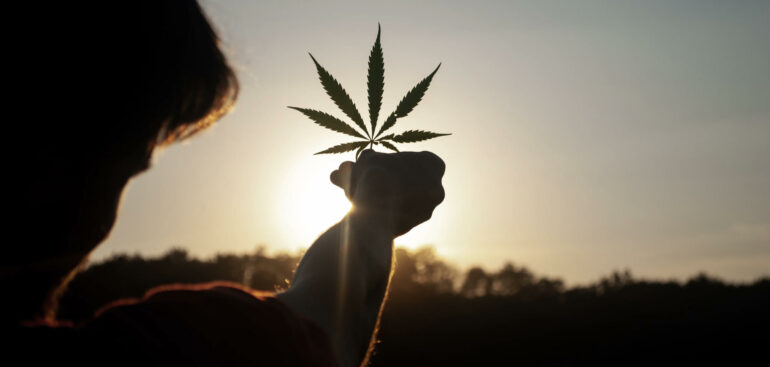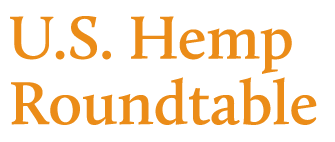Latest
What to Make of the FSA Hemp Planted Acreage
PanXchange Blog
The Farm Service Agency (FSA) released their initial August planting report yesterday which estimates hemp plantings across all applications at 32,798 acres. Cannabinoids make up 20,131 acres, fiber has 4,185 acres, grain holds 5,409 acres, and seed had 3,072 acres planted. Overall acres are down sharply from the 72,258 (decrease of 39,460) acres reported last year, and PanXchange will break down the details by market segment below.
Cannabinoids
The market for cannabinoids has been the focus of attention for the past several years due to the gross oversupply of CBD material’s negative affect on prices and margins along the supply chain. The resulting tight margins have appeared to take it’s toll on planted acreage with plantings reducing another 25,205 acres (55%) year over year to 20,131 acres for 2021. The reduction is not surprising either as PanXchange had estimated 15,500 acres to be planted in July and licenses were already reported significantly lower year over year. The differences between our report and the FSA’s does point out a few surprises. Colorado for example is relatively flat year over year with acres only reducing by 892 (11%) for 6910 acres planted. However, of the 17 states that planted over 1,000 acres in 2020, only 5 (CO, OK, KY, MT, & MN) planted over 1,000 acres again in 2021 with MN and OK actually increasing acres slightly.
Overall, the FSA data illustrates massive declines in acreage for most states with 33 states reporting declines of 50% or more, and 24 states reporting declines of 70% or more. However, there are still over 20,000 acres in the ground for a market that theoretically needs less than 5,000 acres to meet total CBD demand. Repeated overproduction in 2021 is still plausible, but the Delta-8 market, COVID-19 recovery, and the general vagueness in market data provide some hope that we can claw out of the poor market fundamentals brought on by 3 years of gross overproduction.
Industrial
The progress we have observed for industrial applications of hemp failed to source more acres year over year with total fiber and grain acres declining 7,582 acres year over year to 9,595 acres in 2021. Specifically, fiber lost 1,904 acres year over year to 4,185 acres for 2021 and grain lost 5,678 acres year over year to 5,409 acres for 2021. Ultimately, high commodity prices for principal crops and sluggish market development for hemp applications are likely responsible for the diminished interest from growers.
On a state level, Montana holds the highest acreage for both fiber and grain with 807 and 1,567 acres planted respectively. Montana, Missouri, Texas, N Carolina, and Kansas are the only states that have planted over 200 acres for fiber as all of the 1,000 plus acres states from 2020 (CO & IN) now under 100 acres for 2021. This phenomenon suggests that past growers are either unsatisfied with their results or have failed to find a sales outlet to grow this year. However, it is positive to note that several states with notable processors such as TX, KS, NC, IL, MI, NE, MT, AR, and MO have steadily increased for the past 3 years. For grain, MT, SD, ND, and MN are the leaders and only states above 500 acres planted. This ultimately suggests that the market is still heavily driven by the food industry, and genetics are still lacking in other areas for grain production. Ultimately, other outlets and federal feed approval will help other states justify more acres, but the northern plains will likely be the long-term leaders given the climate and existing infrastructure.
Overall, fiber and grain acreage estimates reflect the chicken and egg scenario that hemp is trying to grow out of. Current estimates project that there will only be roughly 47,000 tons of US hemp stalk grown in 2021, which leave roughly 33,000 tons of raw hurd and 14,000 tons of raw fiber available to be processed. This can meet allot of the current demand but can any massive developments in hemp adoption may have to wait until 2022 for a chance at having enough production available. Overall, the decline in industrial acreage is disappointing to the impatient, but the increased trade and developments for industrial hemp commodities assure us that progress is happening.






